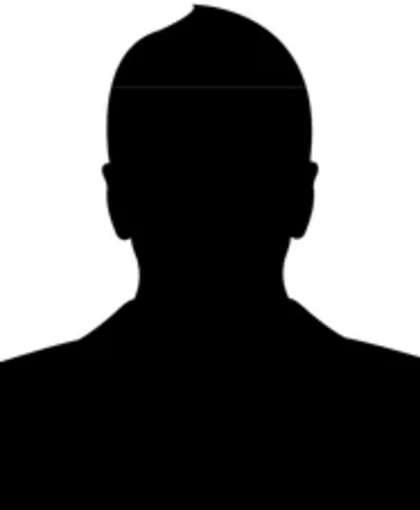Thèse
Résumé
- Les expositions de projets d’art public, nouvelle forme de commande artistique née dans les années 1970, changent de manière significative les paramètres de la création artistique contemporaine dans la ville.
- Associant une présentation dans l’espace public à la création in situ, elles incitent les artistes à réaliser leurs œuvres en vue d’un événement citadin et en fonction d’éléments spécifiques du contexte d’exposition urbain (comme la topographie du lieu, son histoire, son architecture...). Si l’impulsion première que ces manifestations délivrent aux artistes est primordiale pour la création de tout projet d’art public, elles laissent une marque plus précise dans les attaches individuelles qui relient ces œuvres à leurs sites urbains.
- Retraçant l’évolution du concept d’exposition de ses origines jusqu’en 2007, se dessinent successivement trois générations principales dont la césure correspond, au niveau de leur contenu artistique, à des élargissements substantiels du vocabulaire formel des participants. Une distinction entre formes abstraite, urbaine et relationnelle nous permet d’évaluer des retombées importantes de la commande artistique sur les œuvres en saisissant les différents degrés de leur intégration contextuelle, laquelle atteint son apogée dans des projets qui se construisent autour de ready-mades assistés ou simples trouvés sur place.
- Nouveaux types de monuments, éphémères pour la plupart, ces derniers constituent un art public sans précédents historiques dont nous mesurons, à travers l’exemple de douze études de cas, le rapport à la démarche artistique individuelle.
- Mots clés : art public, création in situ, projet d’art public, exposition XXe et XXIe siècles, commande publique, Richard Artschwager, Lawrence Weiner, Michael Asher, Paul-Armand Gette, Hans Haacke, Dennis Adams, Ilya Kabakov, Tadashi Kawamata, Ayşe Erkmen, Olaf Metzel, Maurizio Cattelan, Rirkrit Tiravanija.
A question of context: public art project exhibitions and their influence on contemporary artistic creation
- In the 1970s site-specificity revolutionizes the framework for artists working in the arena of public art. A new exhibition format, entirely based on new commissions, extends institutional activity way into the heart of the city space. By challenging artists to create new works that engage their particular urban surroundings (for example, the topographical, historical or architectural aspects of a site), these exhibitions of mostly temporary public art projects give a crucial new impulse to contemporary artistic creation in the city.
- This dissertation examines the effects this new form of commission exerts on the artists’ works by analyzing the ties that bind the projects to their installation sites. Following the evolution of public art project exhibitions from their inception to 2007, we distinguish between three main trends. Not only do they present major organizational differences, but their artistic content is characterized by a successive and substantial expansion of the participants’ formal vocabulary. A distinction between an abstract, an urban and a relational form enables us to evaluate the different degrees of contextual integration of extrinsic elements into the works of art and to locate the impact these commissions have on projects created with urban ready-mades found on the site. New types of monuments, mostly ephemeral, constitute a public art without historic precedents and of which we measure, at the example of twelve case studies, the relation to individual artistic methods.
- Keywords: public art, site specificity, project, exhibition 20th et 21th century, public commission, Richard Artschwager, Lawrence Weiner, Michael Asher, Paul-Armand Gette, Hans Haacke, Dennis Adams, Ilya Kabakov, Tadashi Kawamata, Ayşe Erkmen, Olaf Metzel, Maurizio Cattelan, Rirkrit Tiravanija.
Jury
- M. Bussmann (Münster)
- M. Dufrêne (Paris 10)
- M. Lemoine (Paris 4)
- M. Wat (Aix-Marseille 1)

